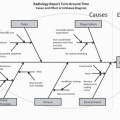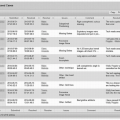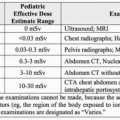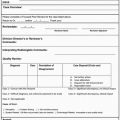For a dashboard to be useful, it must contain meaningful information that can be acted upon promptly. Thus, a clear mission must be in place when designing a dashboard (
Fig. 13.1). First, a team of major stakeholders should be assembled, consisting of key leaders including physicians, nurses, technologists, and information technology (IT), financial, and operations managers.
10 Having representation from all aspects of a practice can ensure that common goals are set and are aligned with the goals of the overarching organization, that appropriate KPIs are included, and that functionality can meet expectations. Furthermore, investing in the initial planning stage can reduce both dashboard development time and need for redesign.
11,12After assembling the dashboard design team and defining the goals of the dashboard, specific KPIs need to be selected to include on the dashboard. Chosen KPIs should be aligned to the goals of the dashboard, relevant to the specific practice, and draw from data that can be readily obtained.
13,14,15 KPIs that are part of regulatory requirements, such as those needed for accreditation and credentialing, should be flagged and included on the dashboard so that these can be actively monitored and reported on (
Fig. 13.2).
3,13 Having too few KPIs can lead to a dashboard with little utility, whereas selecting too many KPIs can result in a dashboard that is too “busy” to be useful for review at a glance. A dashboard consisting of 15 to 25 KPIs is optimal.
7










